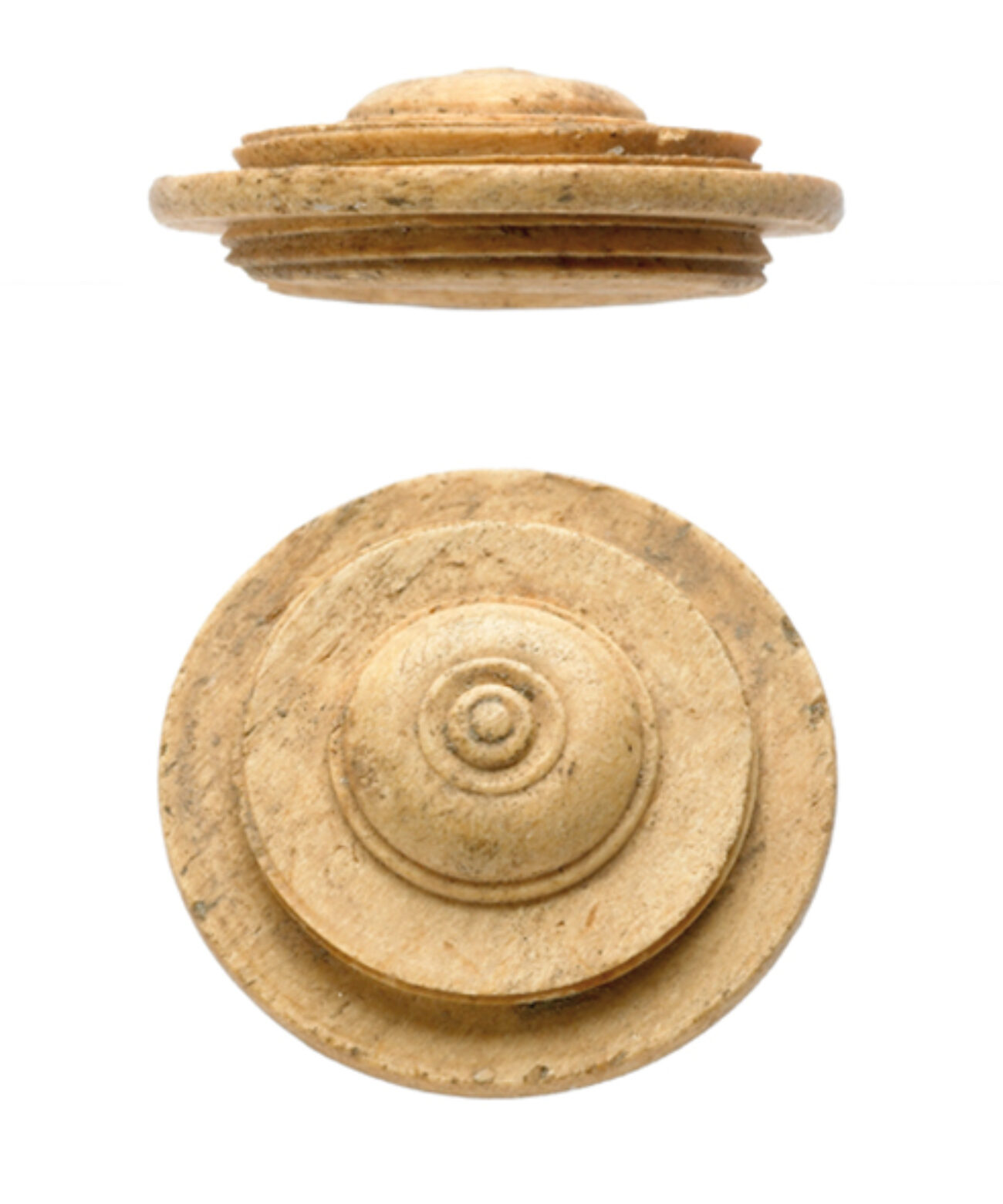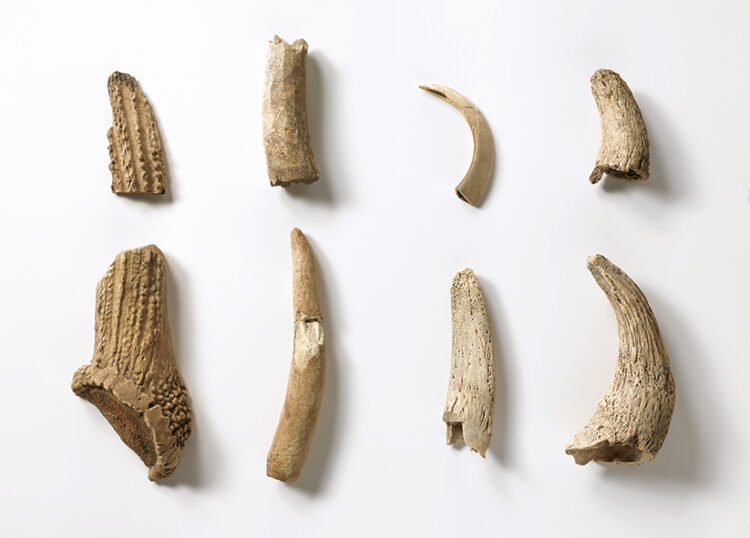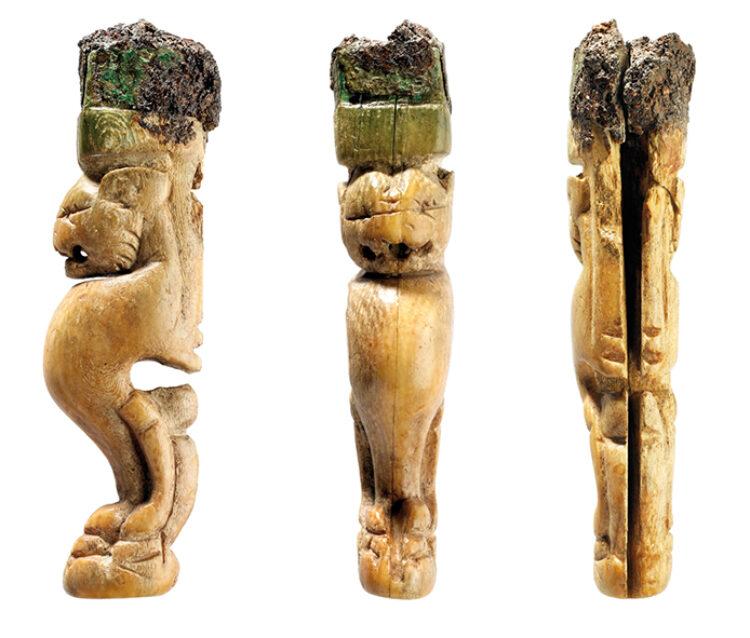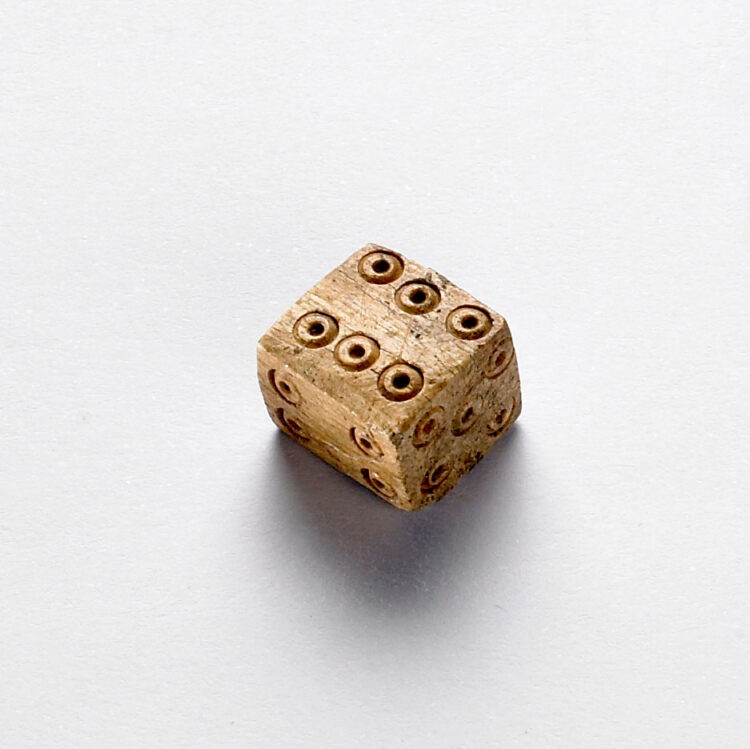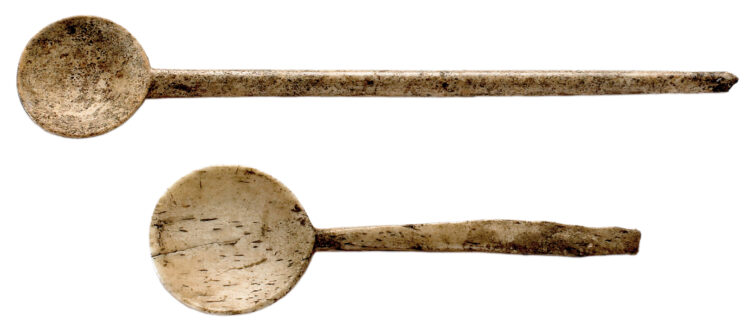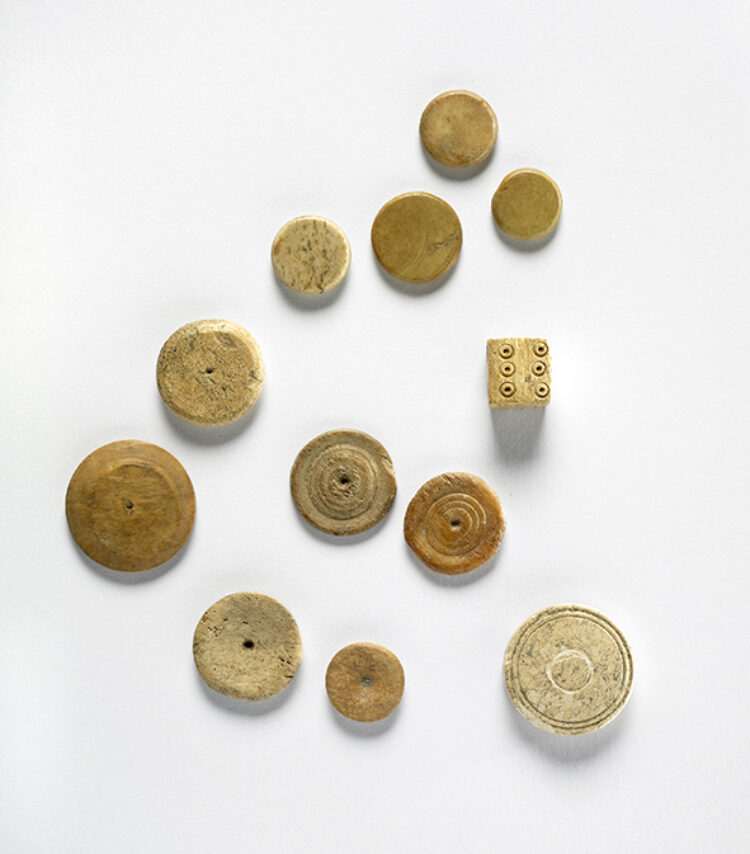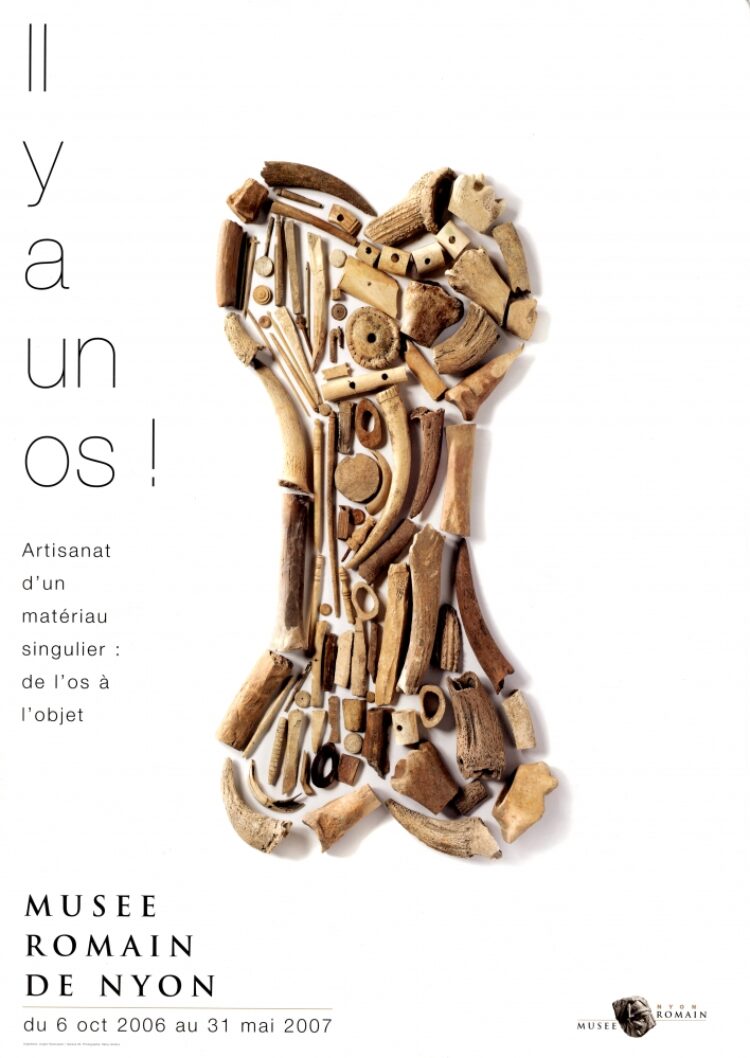
the Roman Museum in Nyon has taken a closer look at the craft of tablet-making, whose artisans were able to draw on their know-how, a few tools and a sense of how to make rational use of animal resources. Bone, ivory, teeth, antler and tortoise shell are just some of the materials that make Gallo-Roman tablet-making a craft based exclusively on the animal body. The ingenious, varied and often beautiful objects made by tablet makers were part of the everyday life of the Ancients, and are associated with many aspects of life such as food, furnishings, entertainment, games and grooming.
The Roman period was characterised by a marked interest in working with bone materials. The development of this activity required a large and regular supply of raw materials, as only a small part of the animal’s skeleton could be used. In addition, there were many interdependent links between the table maker and other craftsmen, as some products were not self-sufficient: knife handles, for example, required the collaboration of a cutler or a bronze worker.
Une publication a été éditée dans le cadre de cette exposition.
